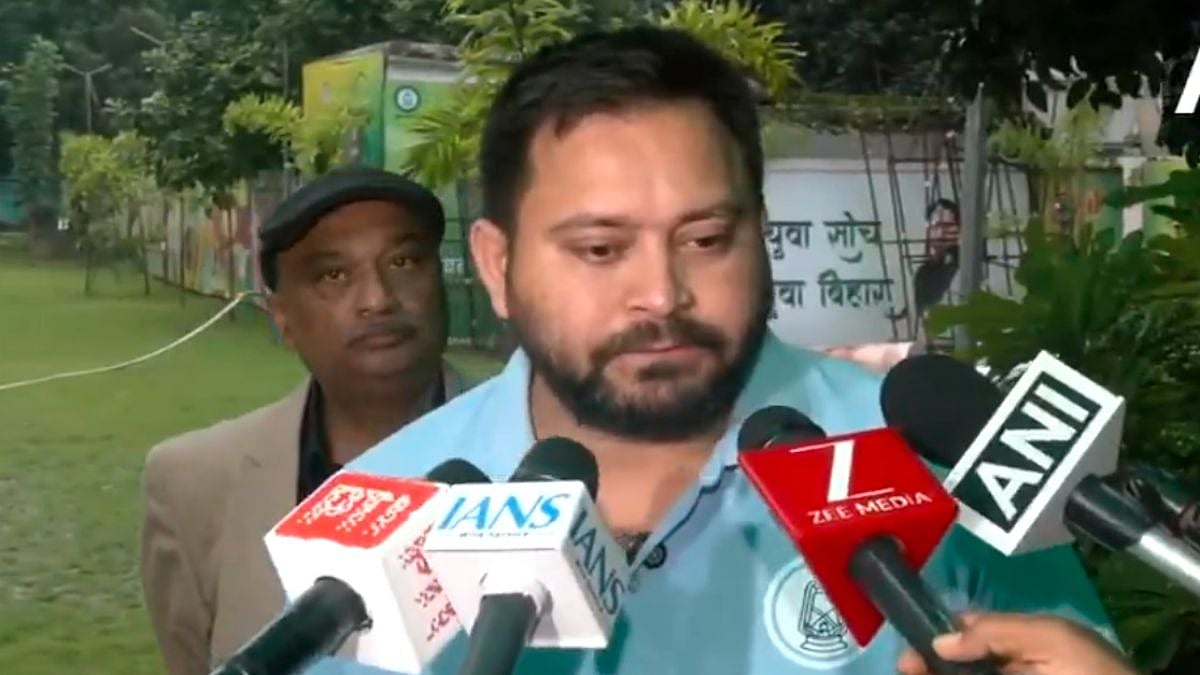For the common man, declining interest rates are a nagging problem as it affects earnings on savings. Ever since the lockdown, all interest rates have come down. The repo rate was lowered, which led to banks lowering the deposit rates quite swiftly. The repo rate came down from 5.15 per cent to 4 per cent after the announcement of the lockdown. The government was quick to react and lowered the rate on small savings by 70-140 bps. Banks have lowered the term deposit rates on one-year deposits from 7.75-8.20 per cent on March 27, to 4.9-5.5 per cent and that on savings deposits to 2.7-3 per cent, from 3.25-3.5 per cent.
Yet the RBI data on the financial savings of households has revealed an uptick in savings rate to 21.4 per cent in Q1 as against 10 per cent last year. This, however, is not hard to explain, as people had little choice when it came to their money. As consumption was curtailed due to the closure of shopping outlets for most goods except essentials and there was little choice in terms of deploying income, financial savings gained. This was manifested in an across-the-board increase in bank deposits, small savings, mutual funds, insurance and currency. Savings increased only because income could not be spent.
But one irritant so far has been the continuous high CPI inflation. The rate has been above the 6 per cent mark for four months, with food prices pushing up the index. With the latest October CPI inflation number at 7.6 per cent, term deposits are earning negative returns of around 200bps while money kept in savings accounts are in real terms, out of money by 450bps. They have little choice, as holding currency earns zero return and any movement to the stock market, either through mutual funds or direct investment, is fraught with risk. This is the expected syndrome when the monetary regime turns inexorably to the borrower. With the RBI always being in a ready position to provide liquidity through new instruments like the LTRO and its variants, these deposits also did not matter as banks were flush with liquidity. This has brought down the lending rates sharply, though it has not led to any growth in credit, as banks have been credit-risk averse in general.
The MPC had a clear mandate to control inflation, which is hard to influence, as it is being caused either on the supply side, such as food supplies and prices, or government intervention in the form of higher taxes. Under normal circumstances this would call for an increase in the repo rate, as low inflation had drawn members to decrease interest rates sequentially. However, this would not be possible, as the government has been working on reviving the economy, which involves the provision of cheap credit to industry which can expand and grow.
Such a situation also indicates that the cycle of declining interest rates may have reached its end and at some point, the RBI will have to increase interest rates. This is so because with a negative growth in GDP this year, there will be an upsurge next year, which in turn will necessitate such action, as inflation will increase even on a favourable base, due to the demand side pressures. Presently, global commodity prices are also stable in general but will start moving upwards and the threat of imported inflation remains in 2021. The present stance of being impervious to high inflation cannot be taken once we are out of the pandemic.
So how should savers view interest rates? It does look like there will be no more repo rate cuts this year. While inflation will come down numerically post-December, there could still be some room for the RBI to cut interest rates. However, keeping in mind the emerging scenario in FY22, the MPC may tread cautiously. The RBI has used the liquidity tool to tame the markets so far and this approach will be persevered with, to ensure credit requirements can be met by banks. But in a way, the RBI has been exiting the LTRO, by allowing banks to repay them, which has been taken up with alacrity. As demand for credit picks up next year, banks will be relying more on deposits to fund their lending operations and it is here that interest rates will probably have to be increased.
From the point of view of consumption, it is necessary that interest rates do not fall any further, as the potential spending power that is generated is quite high. Of the outstanding deposits of Rs 142 lakh crore, around 65 per cent may be taken to be term deposits, which is Rs 90 lakh crore. With an average interest rate of 5.5 per cent, the income earned is around Rs 5 lakh crore. A 1 per cent cut in interest rate means a loss of around Rs 90,000 crore. Assuming that half is spent while the other half, an amount of Rs 45,000 crore, gets reinvested in the deposit, is significant. The cuts this year, around 3 per cent, have denuded spending power by Rs 2.7 lakh crore annually. This is huge, especially when we talk of consumer spending during Diwali!
The writer is Chief Economist, CARE Ratings, and author of 'Hits and Misses: The Banking Story' (to be released by SAGE Publications in December)









